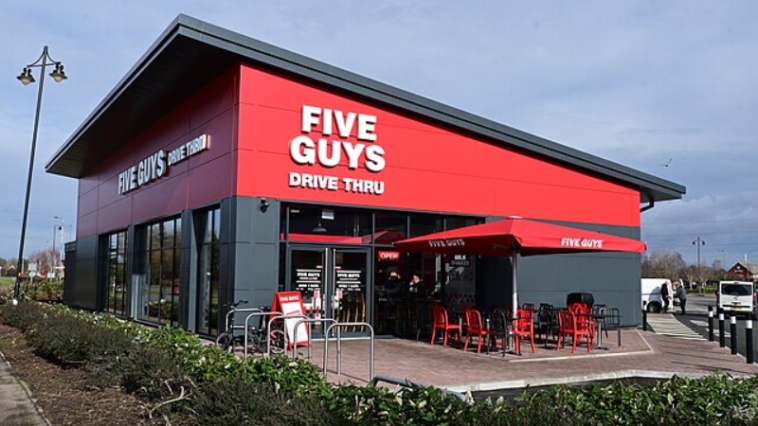For years, Five Guys has carried a reputation that every burger lover knows by heart: great food, steep bill. It’s the chain people defend with a shrug and a “yeah, but it tastes good,” right before tapping their card and trying not to look at the total. But this isn’t new; the conversation around their prices has been going on long enough to feel like part of the brand.
The conversation flared up again in early 2025 when a customer shared receipts from 2011 and 2025 on X, showing how dramatically prices had climbed over 14 years. A bacon cheeseburger and Coke that totaled $8.39 in 2011 now costs $13.96—the burger alone jumped from $5.79 to $11.17.
And the grumbling hasn’t stopped—as recently as October, a Facebook group post complained that “5 Guys burgers are getting too expensive. They’re gonna have to lay a couple guys off or something.”
But the issue isn’t just nostalgia for cheaper times. Restaurant burger prices hit a median of $14.53 in October 2025, up 3.2% from last year, according to menu price monitoring data. Fast-casual chains across the board are raising prices, but Five Guys stands out for one reason: their formula hasn’t budged in decades, even as ingredient costs have climbed relentlessly.
The ingredient bill explained
Five Guys leadership acknowledges this all appropriately enough, though. Back in 2010, CEO Jerry Murrell told Inc magazine that their prices rise strictly with ingredient costs, explaining that if a supplier hikes a price, they follow suit at the register.
Two months of record cattle prices in May and June of 2025, followed by even steeper increases, make that explanation hit differently now. Beef and veal were up almost fifteen percent year-over-year this September, according to the Bureau of Labor Statistics.
Five Guys built its whole identity on a couple of very specific choices: fresh beef, double patties by default, and fries cooked in peanut oil. They’ve never frozen their meat, never taken toppings off the “free” list, and never swapped to cheaper frying oil even when every other chain did.
All of that adds up.
A single Five Guys patty weighs about 3.6 ounces, and the standard burger comes with two. More than seven ounces of beef is a lot for fast food, especially when you compare it to a Big Mac’s 3.2 ounces combined. A Whopper’s patty is larger, but there’s only the one.
Five Guys doesn’t hide the fact that they drench their fries in the expensive stuff. They use peanut oil for their fries, which pushes the cost further. A Costco jug runs around $65 for 35 pounds, while the same amount of soybean oil (the go-to for most chains) lands under $40. One DC location reportedly goes through nearly 600 pounds of peanut oil per week. That peanut-oil flavor is half the appeal, and they treat it like a non-negotiable.
The bottom line
Stack fresh produce, free toppings, oversized patties, and premium oil, and you get the bill people keep screenshotting.
Fans defend it. Critics roast it. But the formula hasn’t changed in decades, and Five Guys doesn’t seem interested in doing the “value menu shuffle” that other chains fall back on when sticker shock hits the internet. They stick to their ingredients and let the recipes speak for themselves.
The result is a burger that’s consistently good (and consistently expensive), which, depending on who you ask, is either the charm or the problem.
Sources: Five Guys, ABC News, Inc. LAD Bible, Tasting Table

